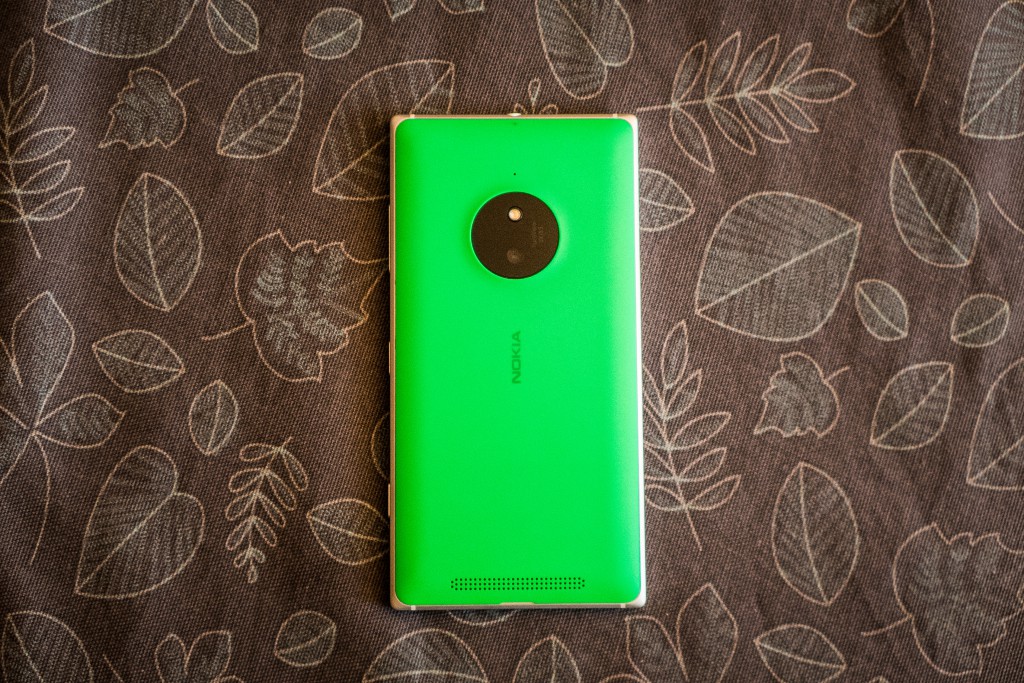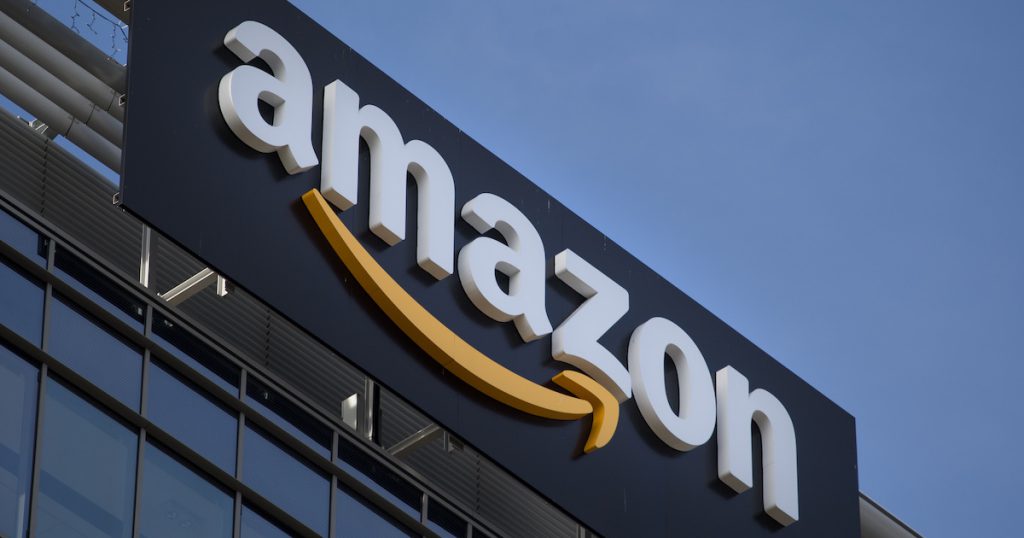Touted as the the world’s first “affordable flagship” phone, the Lumia 830 appears to be looking for the sweet spot in the mid-range market, Since its release in September, has it lived up to that claim? The Vulcan Post team were kindly supplied with a review unit recently and here’s what we thought.
First Impressions
The Lumia series has always been known for its good build quality and design. The Lumia 830 is almost flawless in that regard. Straight out of the box, you’ll notice it’s a departure from the familiar round-edged rectangle that we’ve become accustomed to seeing. The 830’s corners are markedly sharper and more distinguished. Though this may look uncomfortable at first, upon picking it up you realise that the edges are smoothly bevelled and make for a grip that feels stable and comfortable at the same time.
The colour options are a refreshing change to the typically subdued palettes put out by Samsung or Apple: we got ours in bright green. It’s eye-catching from afar, and you’ll probably never have to worry about getting it mixed up in the phone pile at parties.
The polycarbonate backplate is also noteworthy. Though it is, technically plastic, the understated matte finish offers a surprising amount of friction so that the phone never feels slippery. It’s aluminium frame should be tough enough for most users. Compared to an iPhone 6, the build quality of the Lumia 830 felt much more solid and sturdy, with little or no flex.
Kick-ass Camera
Lens maker Carl Zeiss has been teaming up with Nokia for years now and the Lumia’s Pureview Camera is one of its stronger selling points. Technical mumbo-jumbo aside, the Lumia 830’s 10 MP camera does a great job of snapping crisp and detailed pictures and easily outshines most mobile cameras at this price point. Image stabilisation does an impressive job of keeping your pictures reasonably sharp, even in low-light, shaky hand conditions.
If I were to nit-pick, the white balance sometimes tended too much towards the cool side and some of outdoor shots took on an unnatural turquoise hue. Though the rest of the auto functions work pretty well, one thing I especially loved about the Lumia Camera app was the easy access of manual options (ISO, white balance, exposure etc.) through a on-screen wheel that isn’t buried behind menus. It’s an interface that makes sense and one that other camera apps could take heed from.
For selfie lovers who don’t find the front facing 1 MP camera sufficient, the companion Lumia Selfie app offers an auto-selfie mode that detects and helps you align your face(s) with a series of beeps.
An Affordable Flagship?
The Lumia 830 retails at a price of $529 locally, which is relatively cheaper compared to the flagships from Samsung and Apple, but still offers you some decent specs like a 1.2Ghz quad-core Snapdragon 400. However, when you consider that the Xiaomi’s flagship Mi3 with a 2.3Ghz Snapdragon 800 goes for $229, it’s hard to call the 830 a true “value-for-money” model.
Of course, comparing raw hardware isn’t the sole way to judge a phone’s performance, but a straight-up comparison between the specs of both shows a clear winner in terms of value. Sadly, the Lumia 830 isn’t a great contender with it’s middle-of-the-road hardware at this price point. You just might be better off paying a little more for a higher end Lumia or considering a cheaper model.

And…. Windows
If you are already an Android or Apple user, the biggest inertia is going to be the Windows OS. For the casual user, using Windows 8.1 on your Lumia is simple enough. A quick introduction: Instead of icons, Windows uses tiles to organise your apps. You can resize tiles and customise them in various configurations on your home screen.
Navigating the phone is pleasantly quick and snappy, but it’s a pity that the settings menu is a mess in its current OS release, Lumia Denim. There’s just consist of a long list of options that don’t do much to help new users find what they need. Definitely something that needs improving.

The most glaring concern is undoubtedly, third-party app support. Unfortunately, Windows still faces an uphill battle in getting developers to create and sustain support for mobile apps for Windows. You’ll find that some of your favourites like Dropbox and the Google suite of apps are missing, while Instagram is still in beta. It’s the problem of the chicken and egg: The user base needs to be significant enough to warrant their development, yet the lack of quality apps are preventing people from adopting the platform. But according to Microsoft, the outlook still seems optimistic with hundreds of apps are being added to it’s app store daily.
All that being said, the native Windows app, like Office, OneDrive and Cortana work pretty seamlessly on the Lumia 830. Cortana is the Windows version of a voice-activated personal assistant. Though not officially supported in this region yet, I changed my phone settings and gave it a quick spin. My only gripe was that it uses Bing search exclusively, but voice recognition was spot on most of the time and its syntax recognition is solid.
A note to potential buyers: The 830 doesn’t yet support the voice activation for Cortana, meaning you have to open the app manually instead of being able to say “Hey Cortana!” from the other end of the room to wake her up.
Final Thoughts
Microsoft’s long struggle for a firm foothold in the mobile industry is an admirable one. With the Lumia series of phones and Microsoft trying to steer it further away from its Nokia roots, it is clear that Windows is trying to establish it’s own niche market organically rather than playing the one-up game with competitors. It’s also heartening to see the Lumia phones bringing back and revamping neglected tech like wireless charging (wireless charging works out of the box for the 830 with a separate wireless charger) and personal assistants (Cortana) that Samsung and Apple seem to have over-hyped and abandoned.
The Lumia 830 is a competent phone by any means and a good entry-point into the Windows world. It represents the shift in Microsoft’s strategy to engage the low to mid-range market without compromising on features and the term “Affordable flagship” is enticing. However, with smaller and faster companies like Xiaomi in the fray and a mobile OS that sorely needs more user adoption to sustain the long run, the competition is going to be very stiff indeed.


















